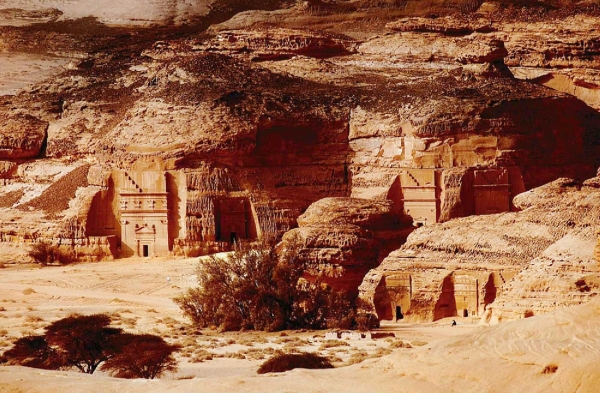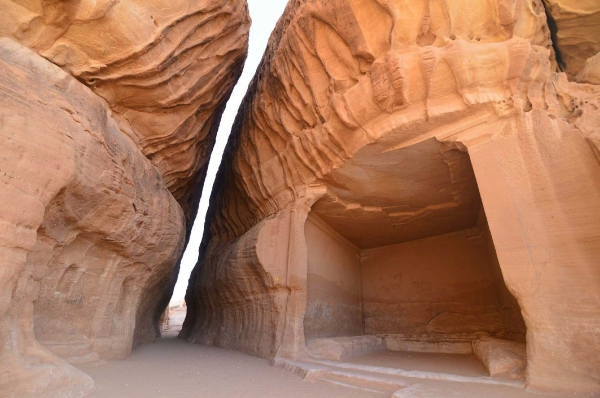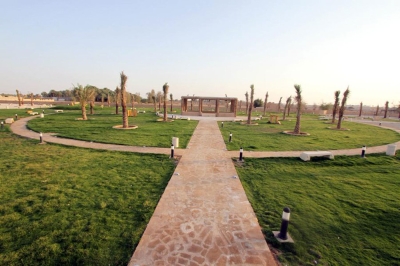

Al-Khuraybah Site is an archaeological site in AlUla Governorate in al-Madinah al-Munawwarah Province of the Kingdom of Saudi Arabia. It is distinguished by its dark red mountains, which have become an open-air museum due to the inscriptions and drawings found there, documenting the Lihyanite civilization that lived in the northwest of the Arabian Peninsula and ruled the region before the sixth century BCE.
History of al-Khuraybah Site
Al-Khuraybah forms part of the ruins of the ancient city of Dadan, the capital of the Dadanite Kingdom, followed by the Lihyanite Kingdom which succeeded it in ruling the region. Dadan's dominance in the area became prominent during the seventh century BCE, extending its influence to many neighboring sites. The Lihyanite Kingdom's influence spanned from the sixth century BCE to the second century BCE. Archaeological evidence indicates varying periods of strength and weakness for this kingdom, which ruled much of northwest Arabia.
Contents of al-Khuraybah Site
The site contains several prominent archaeological features, including the Lion Tombs, which are ancient tombs carved into the mountains in the shape of lions. Another notable feature is Mahlab al-Naqa, a circular basin carved into the rock, accessible via stone steps carved into its sides. The site also boasts numerous rock inscriptions and artifacts scattered throughout the area. The inscriptions at al-Khuraybah document the economic, political, religious, and social conditions of the Lihyanites.
Additionally, the site has yielded numerous pottery fragments and stone carvings that display the influence of neighboring cultural regions; in Egypt and Mesopotamia. This evidence underscores AlUla's role as a meeting point between the civilizations of the ancient Near East.
Informational publications at al-Khuraybah Site
The site contains numerous informational publications to help visitors and newcomers learn about the area's antiquities, history, and contents. The responsible authorities have taken great care in the region by installing stone pathways and placing informational and directional signs that include various details and images about the site's history and artifacts.
Related quizzes
Related articles

